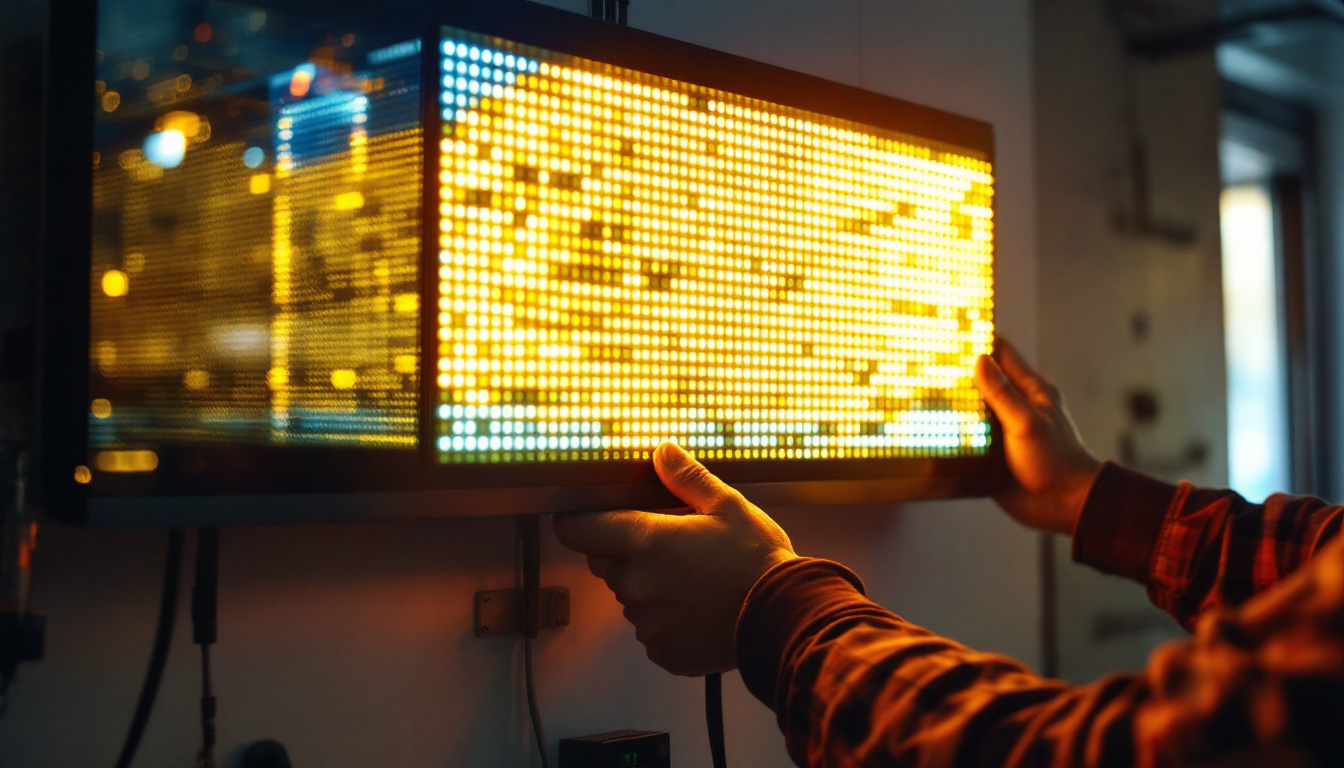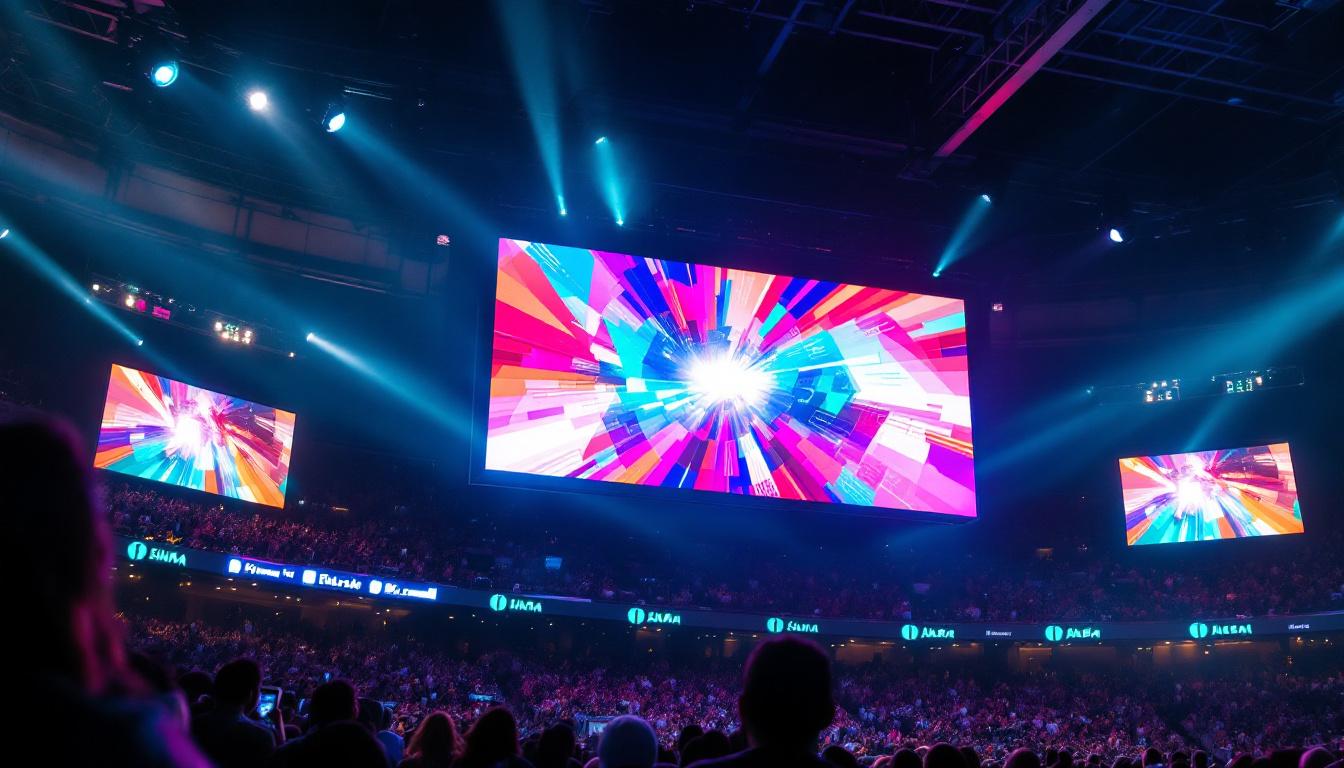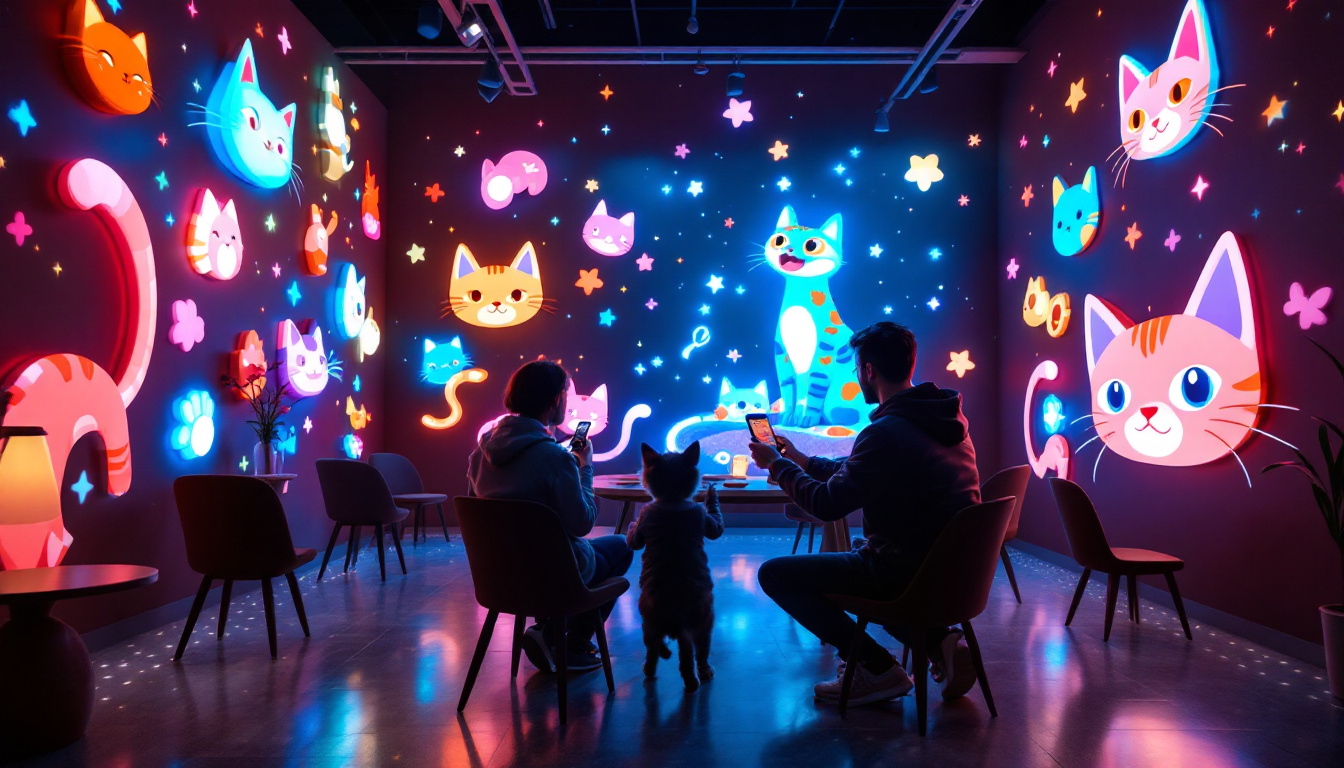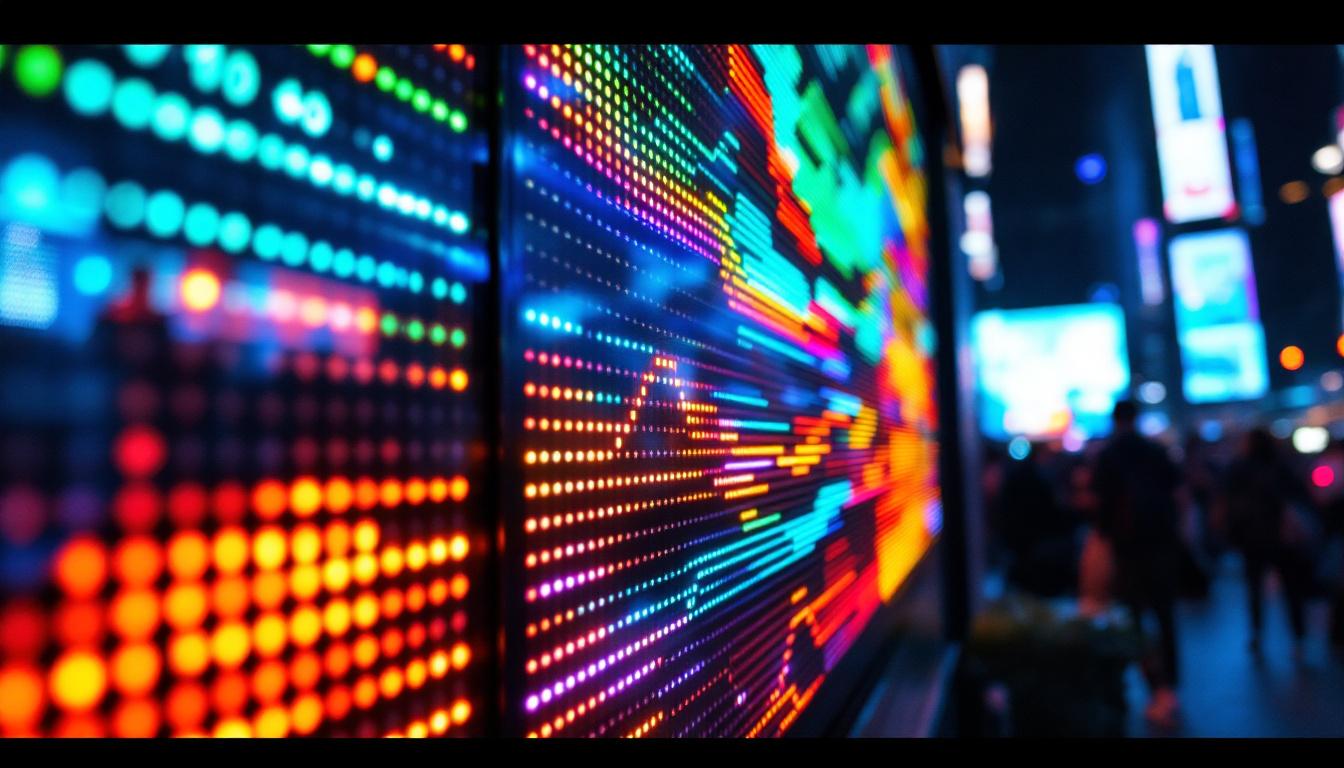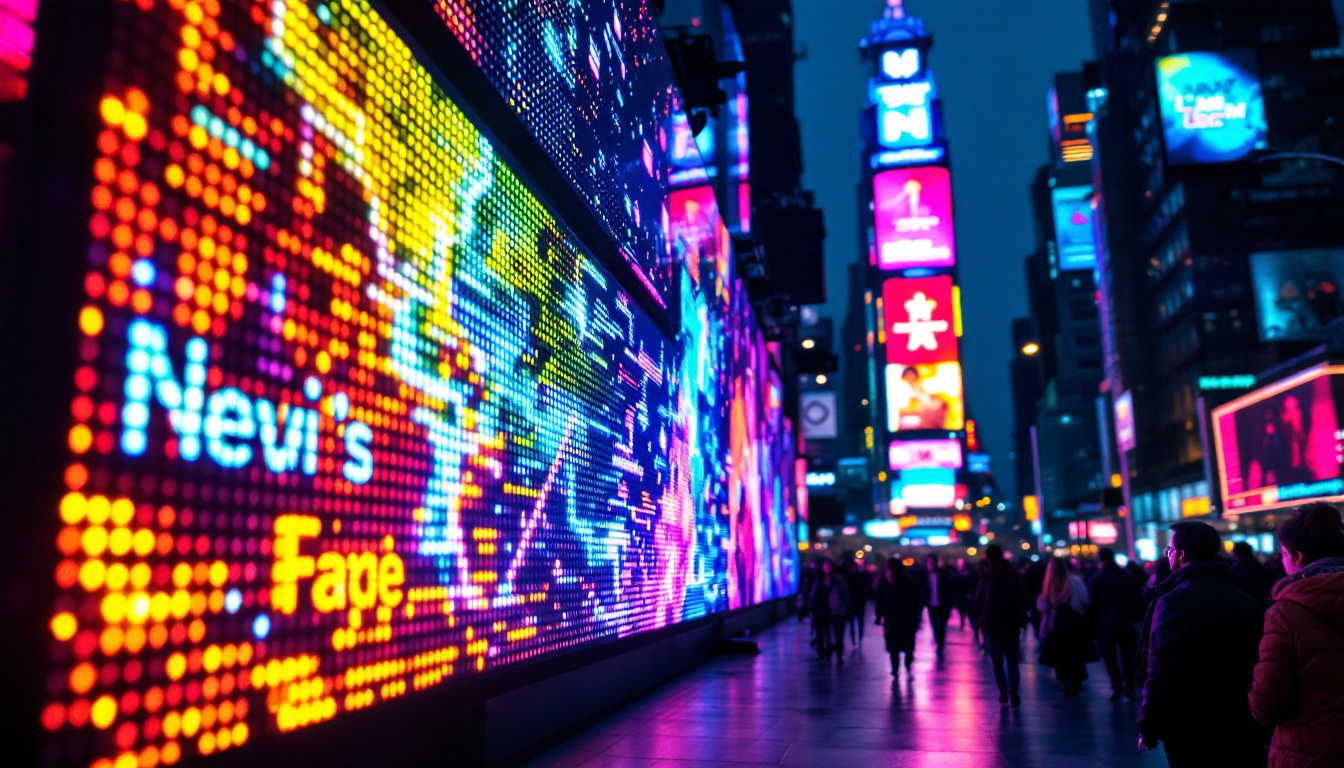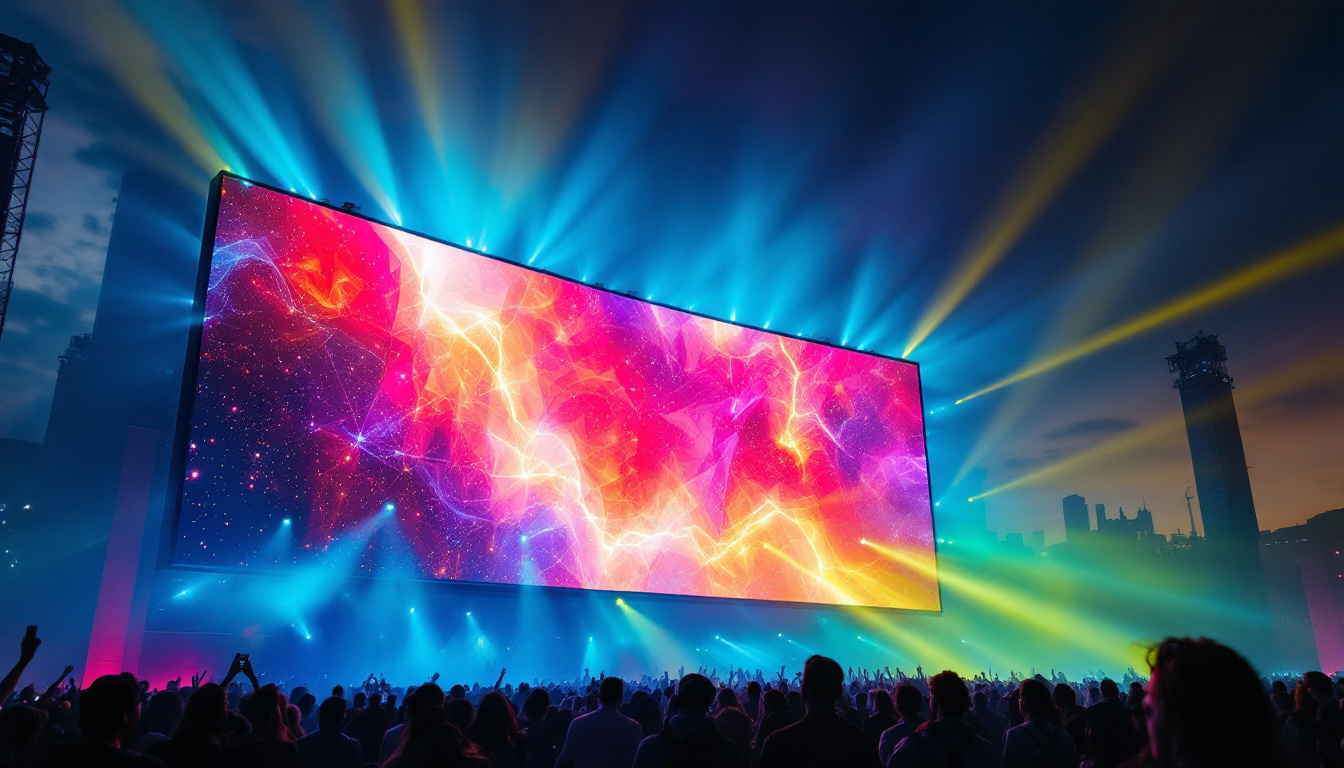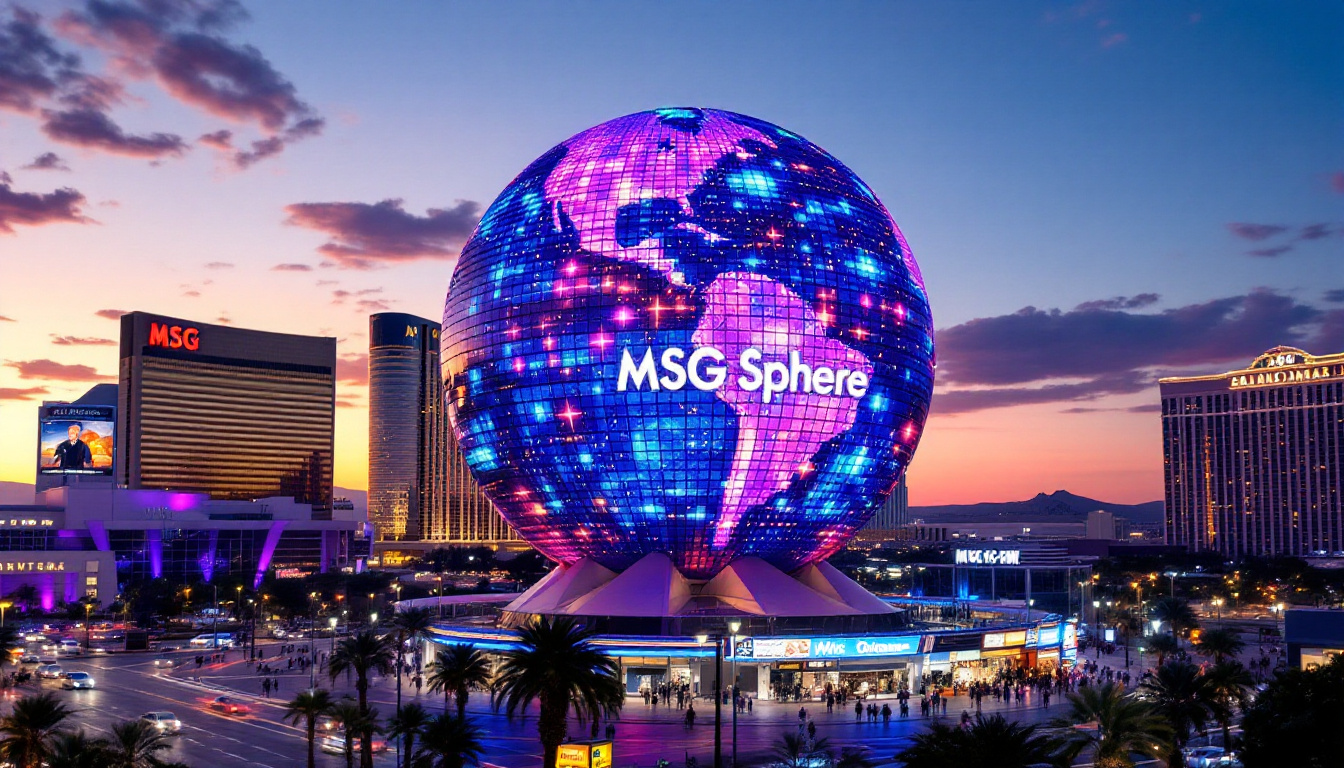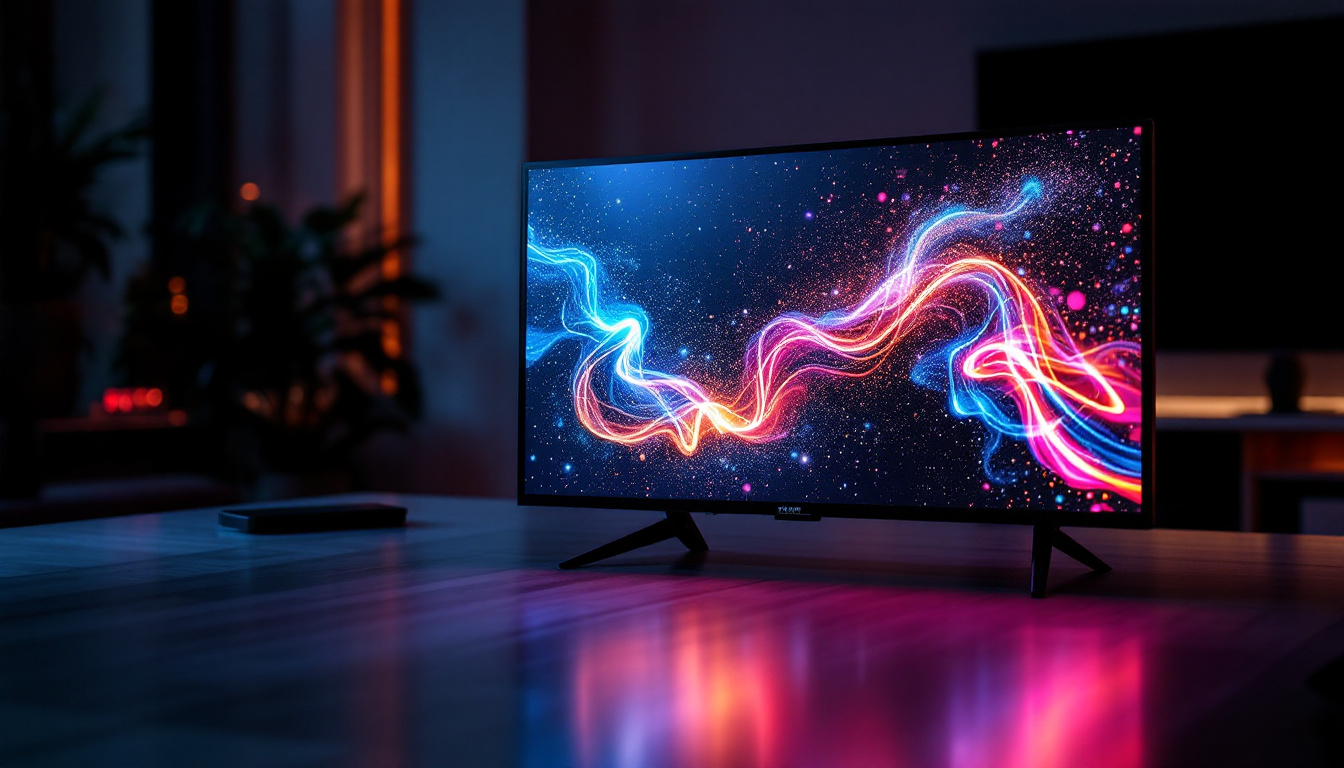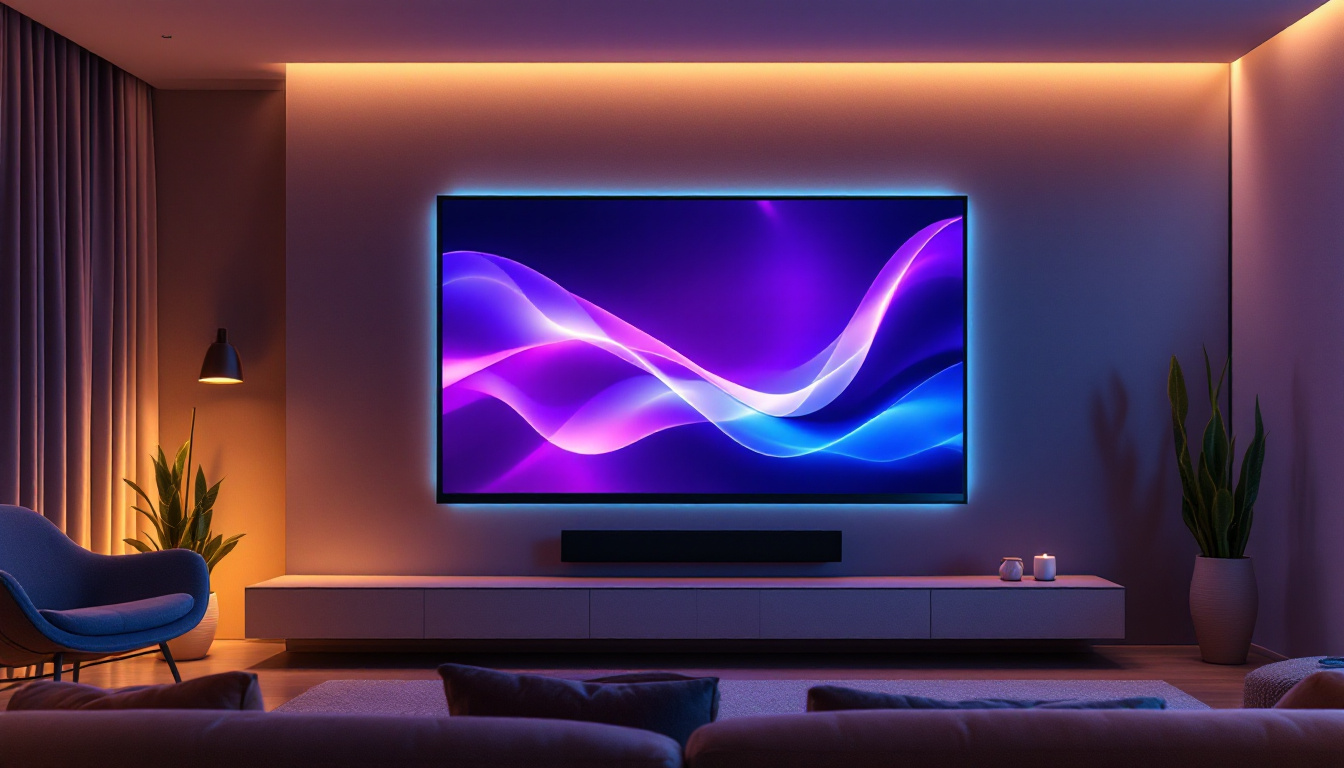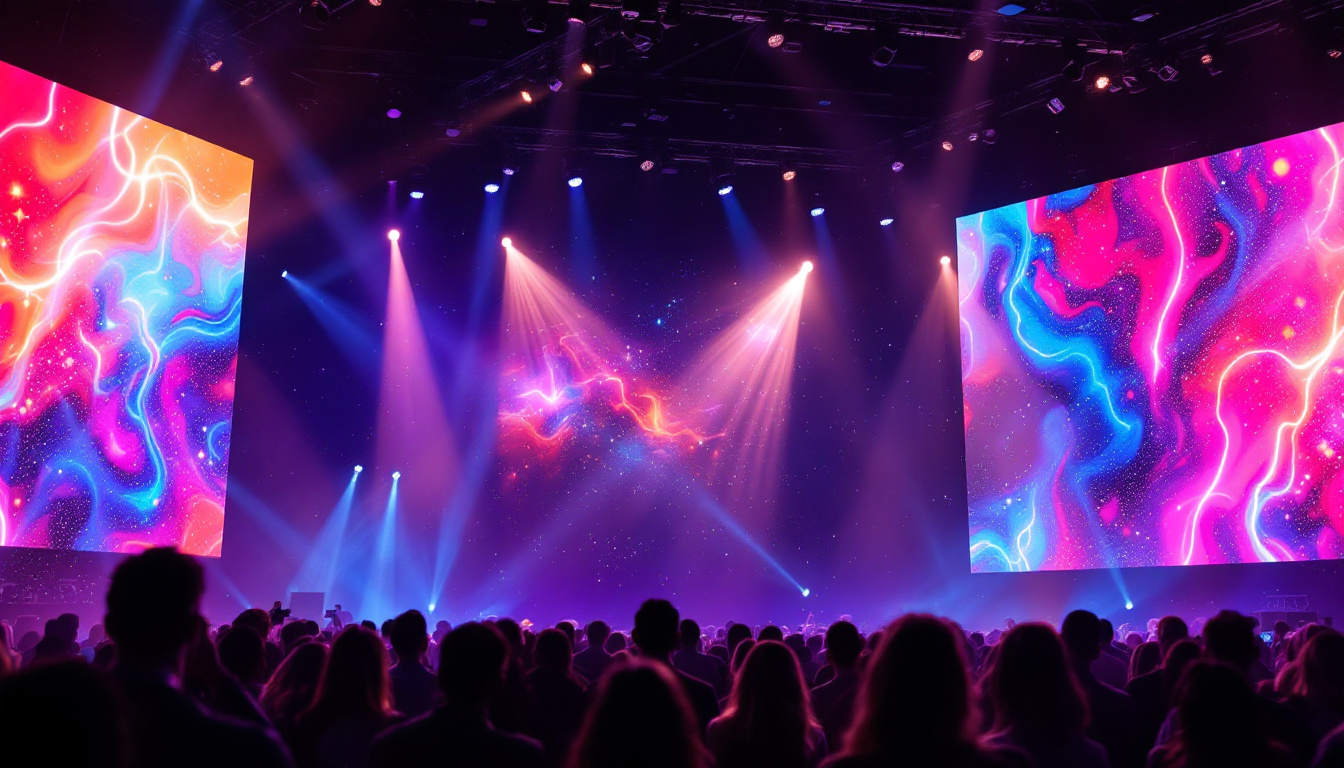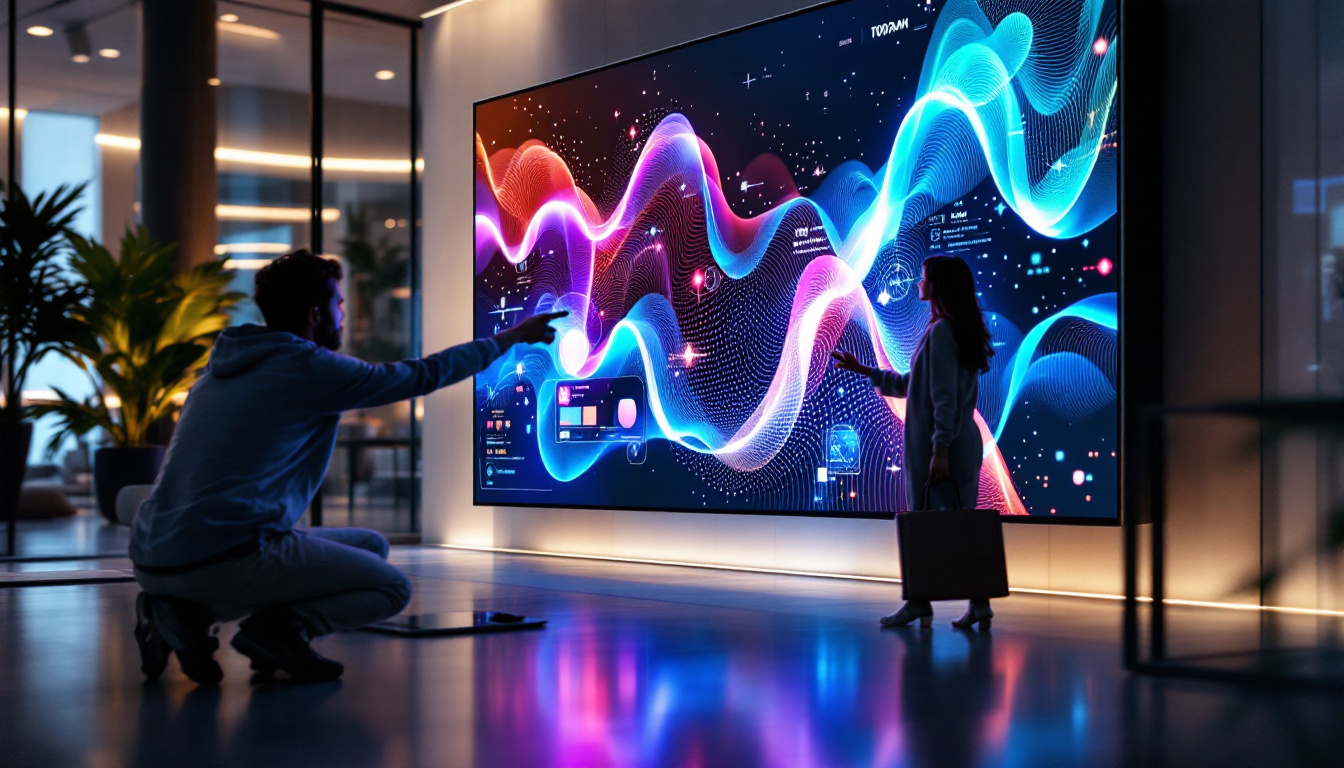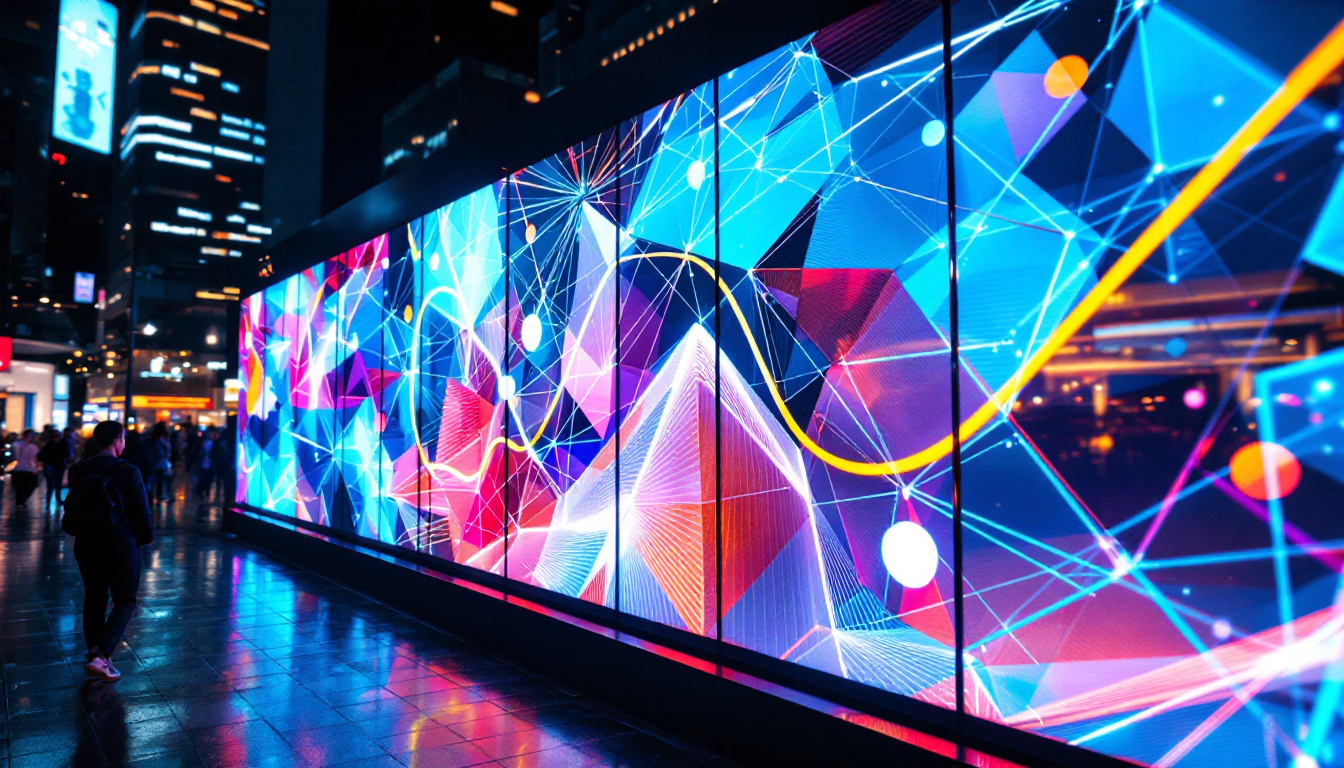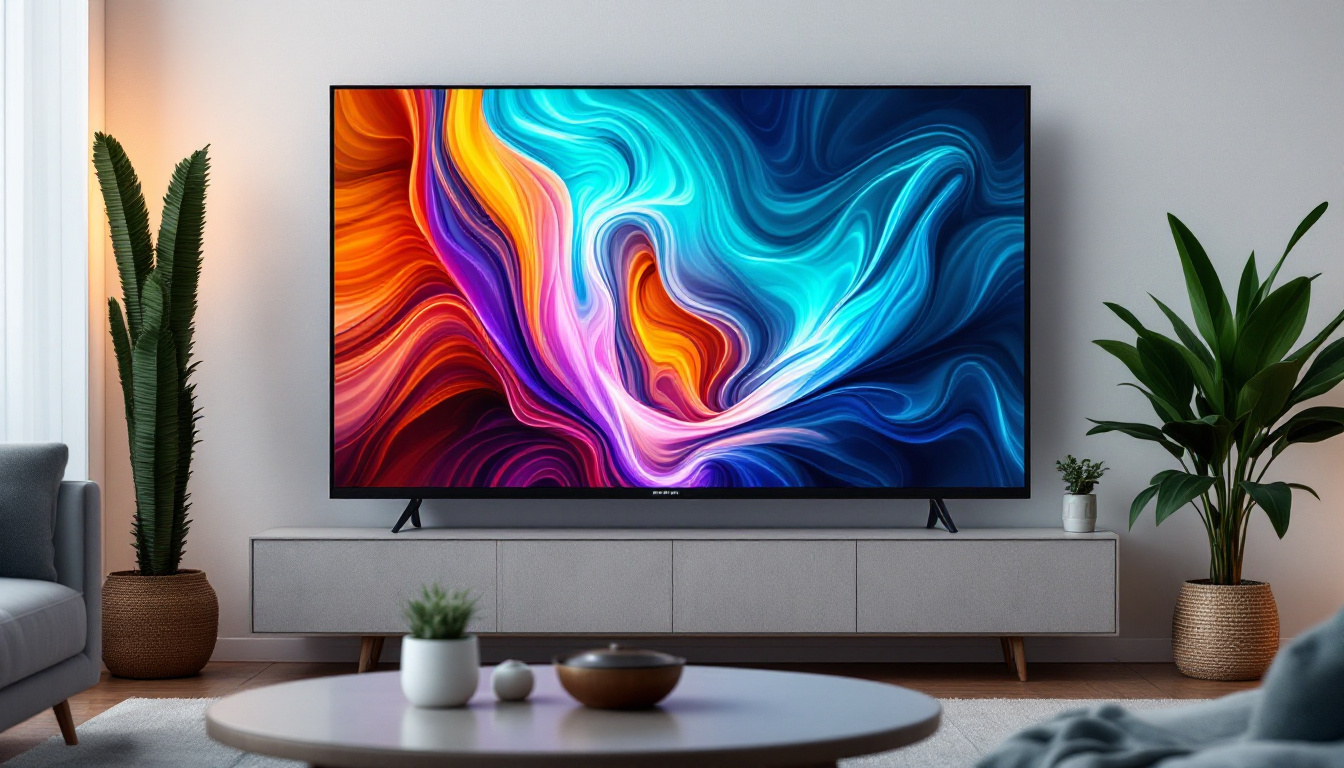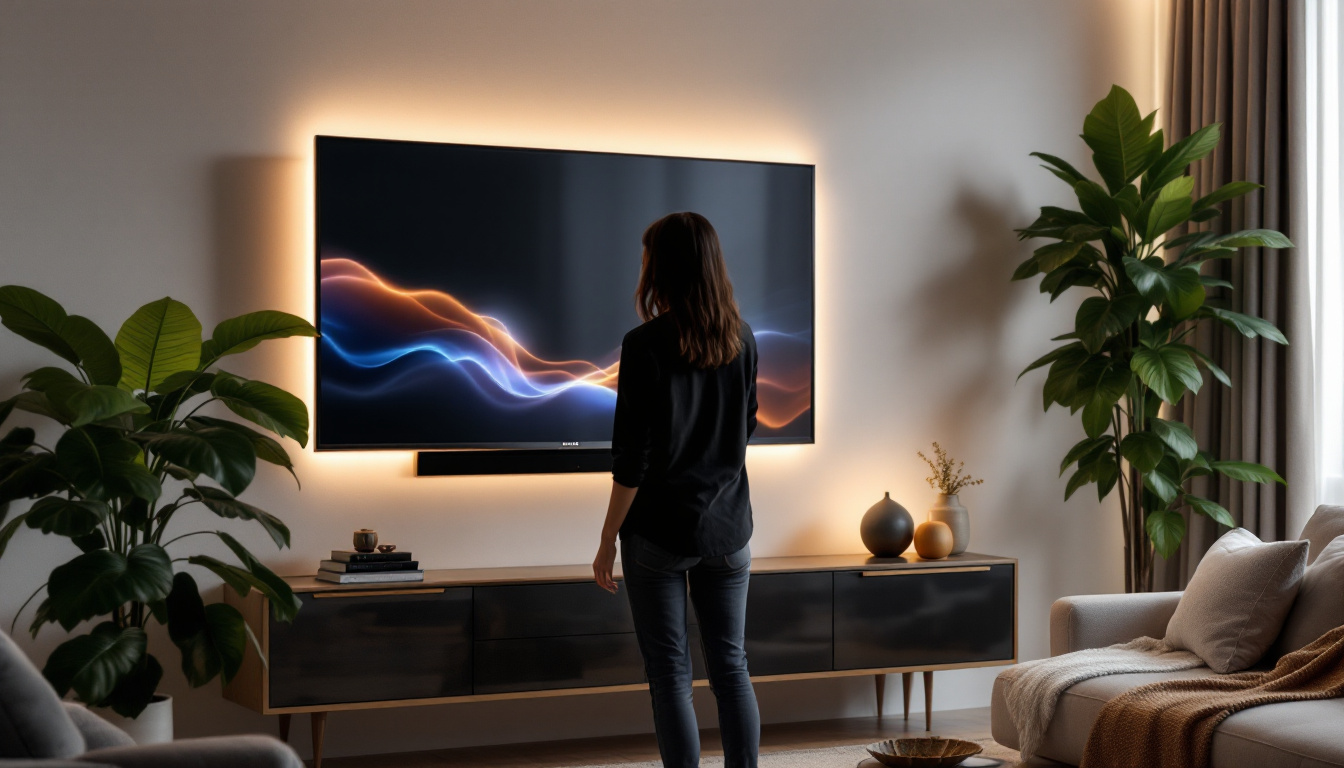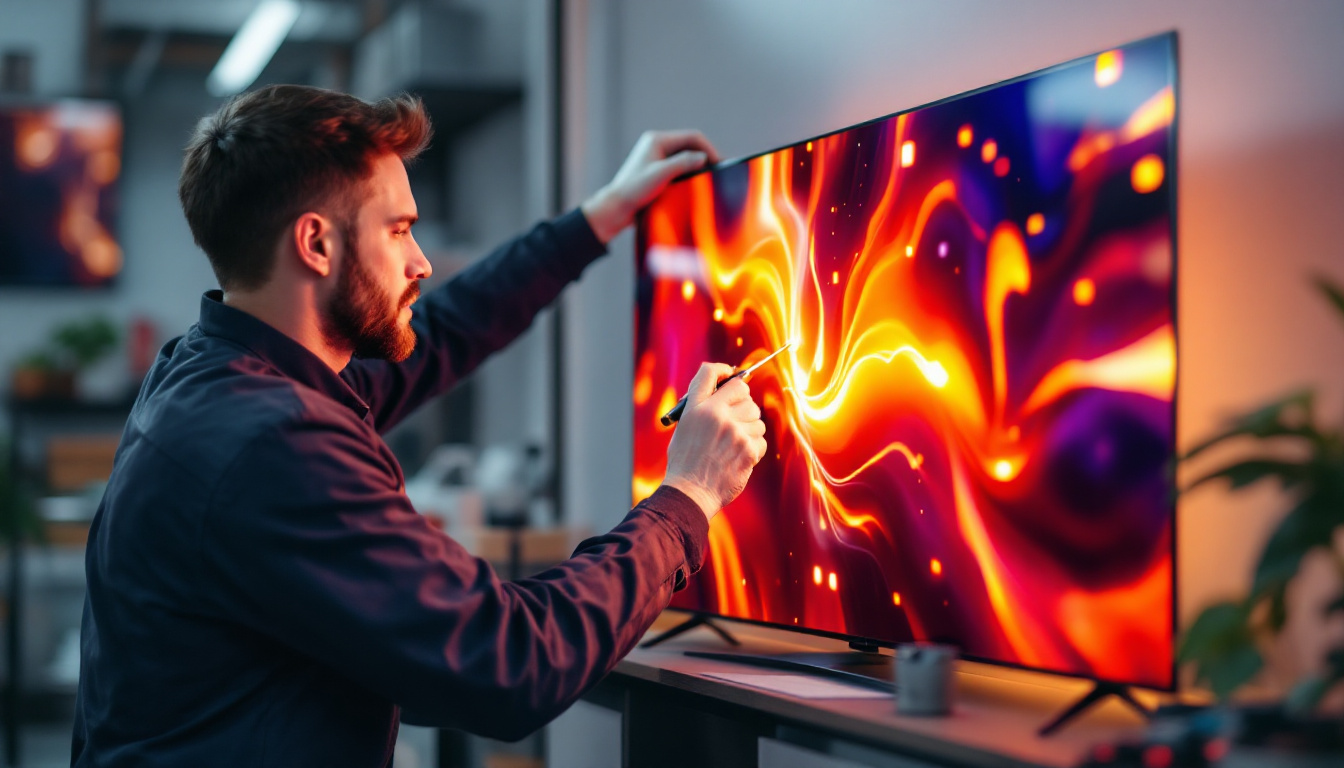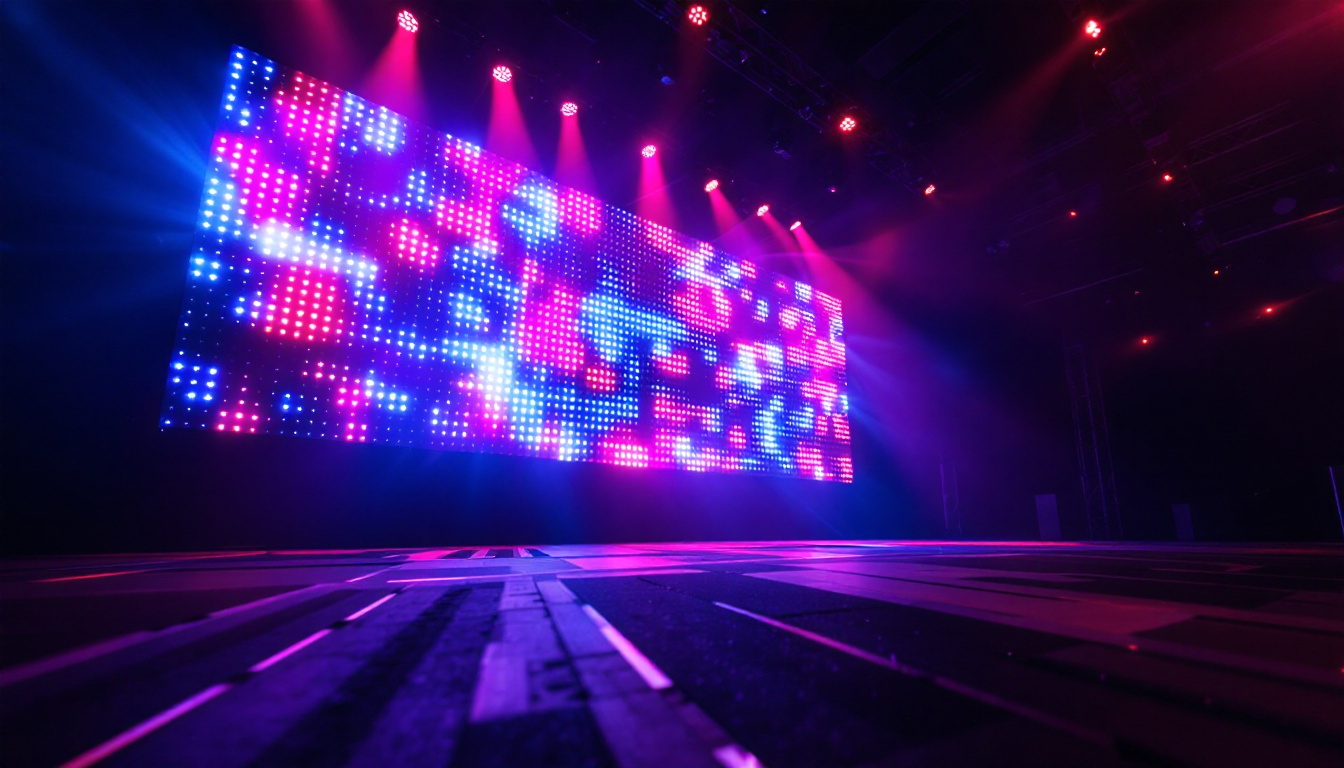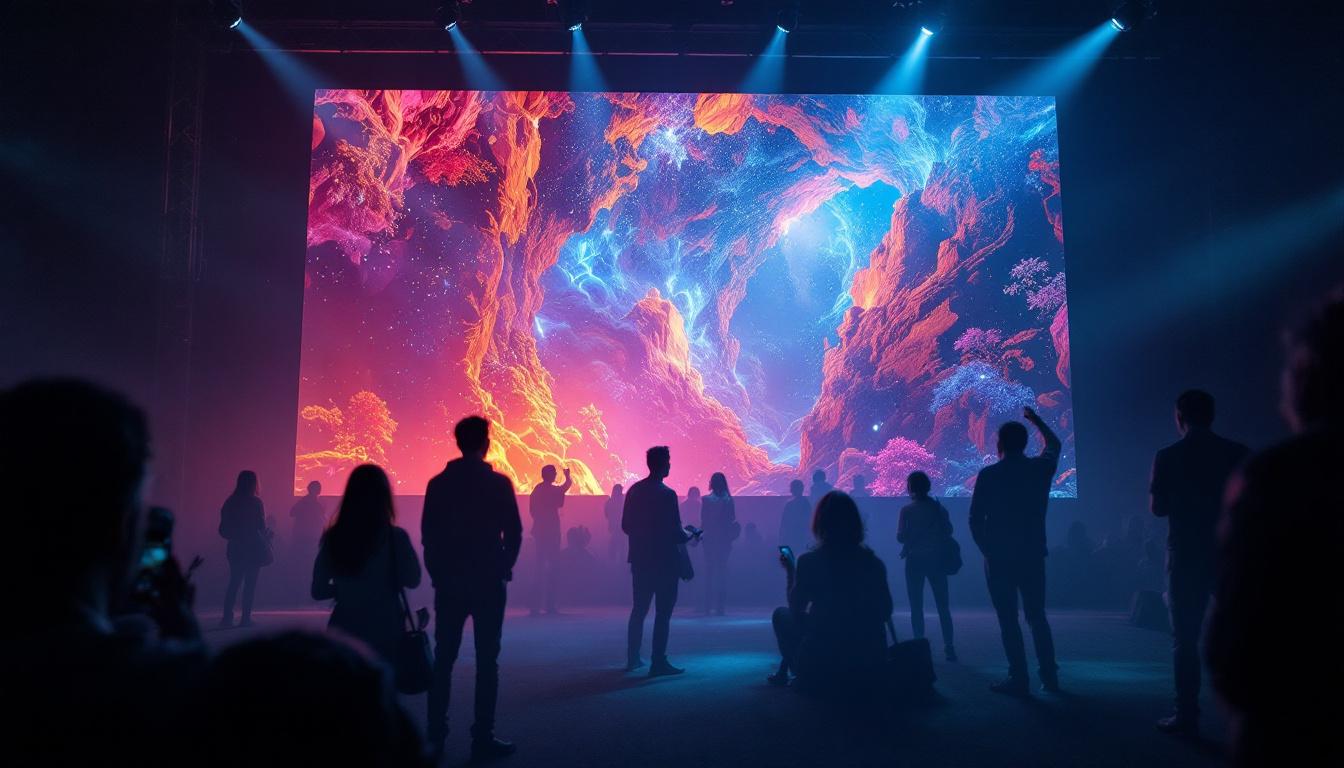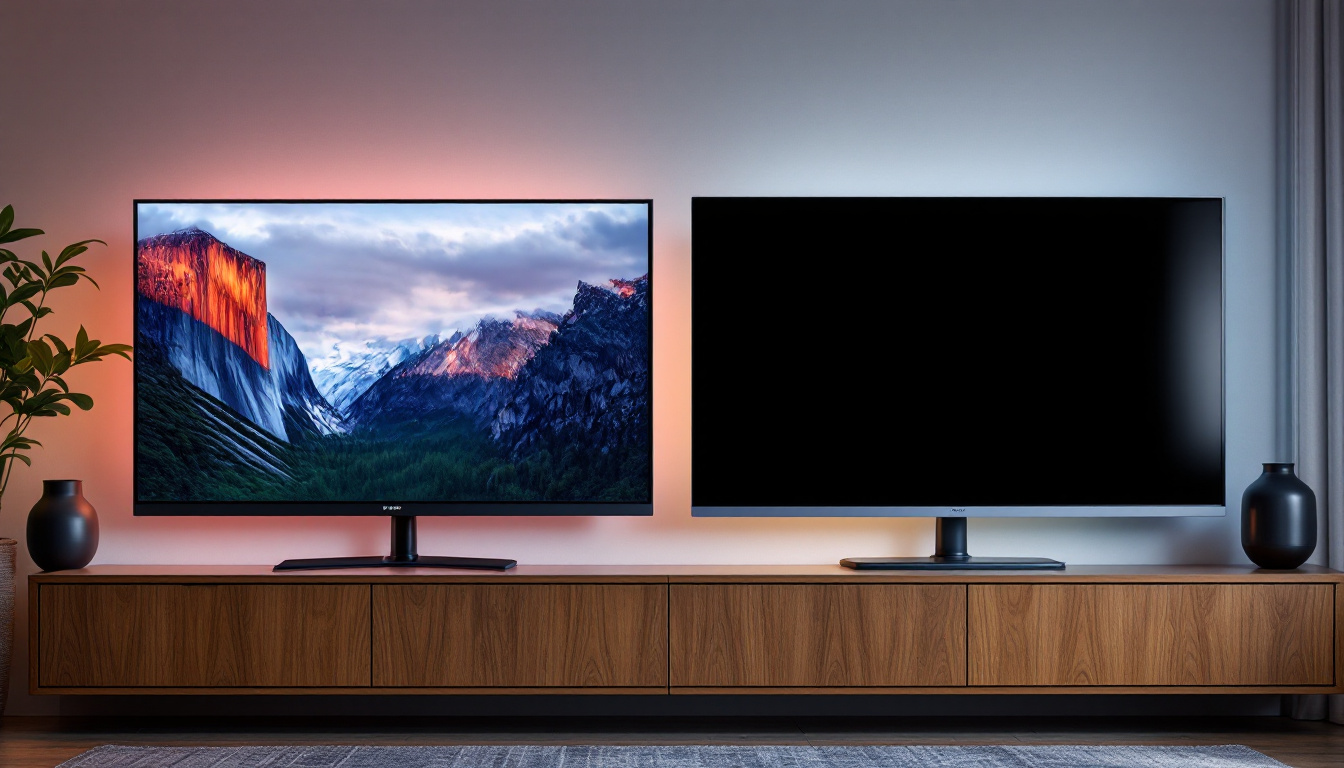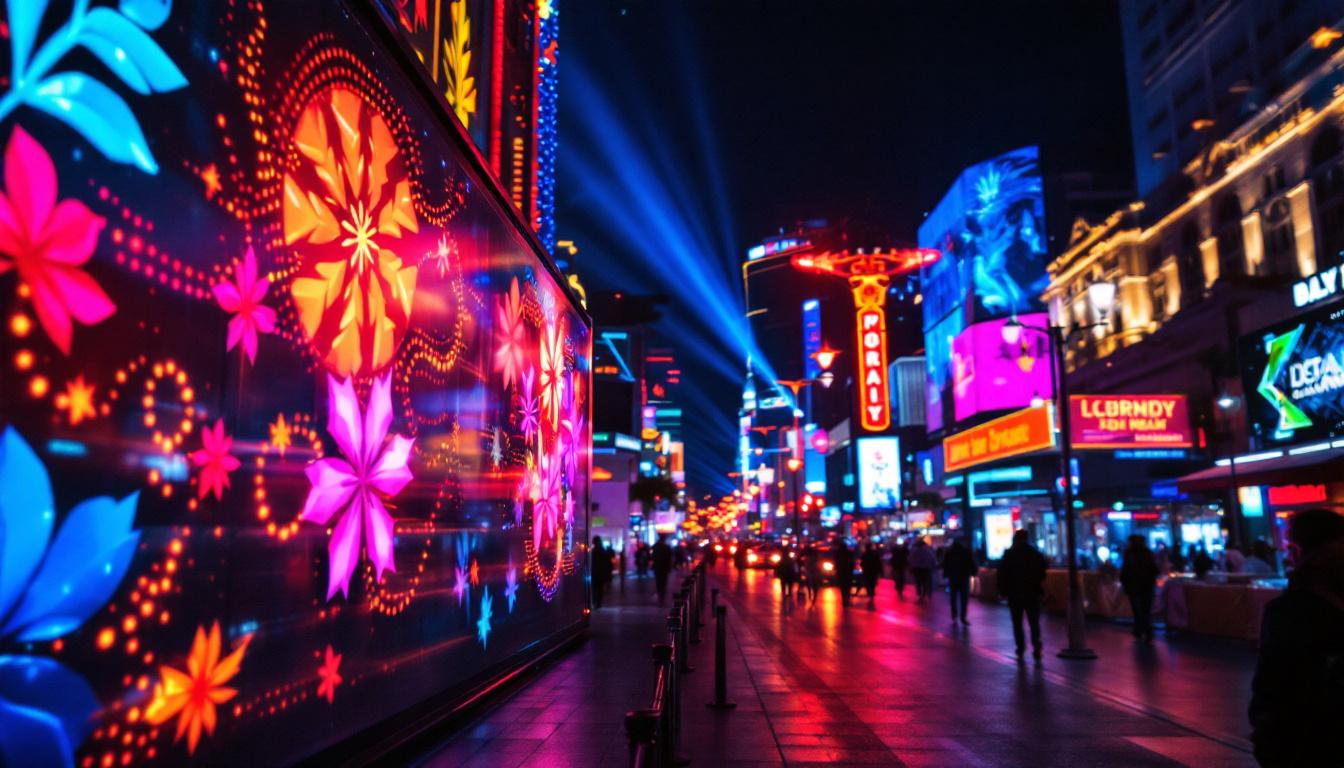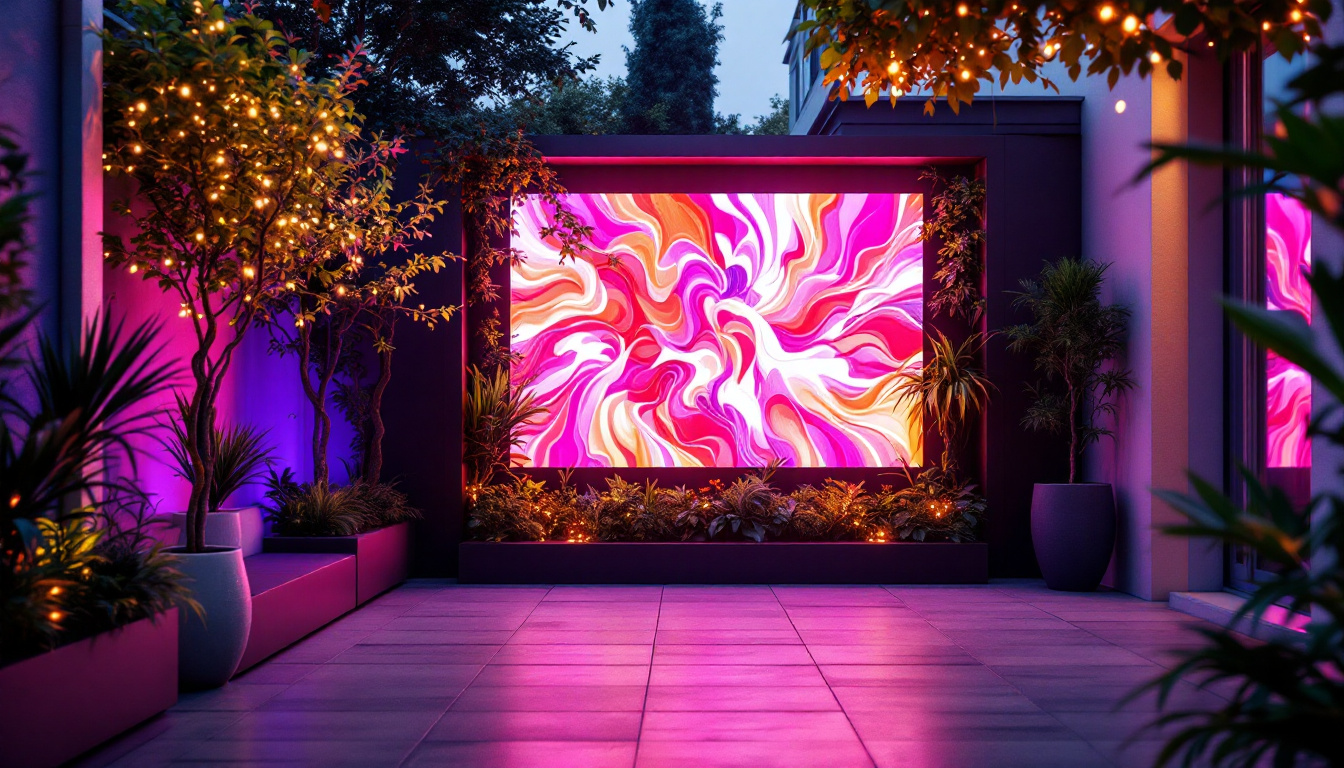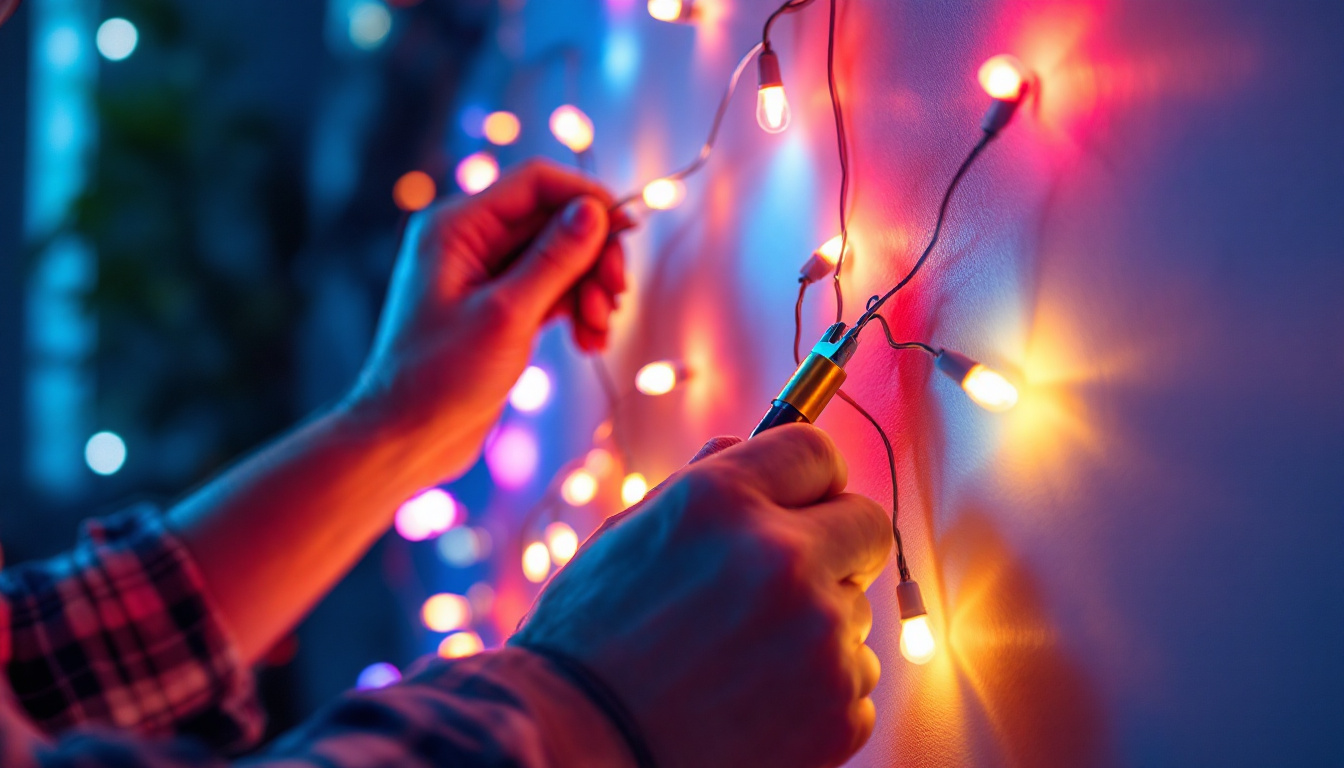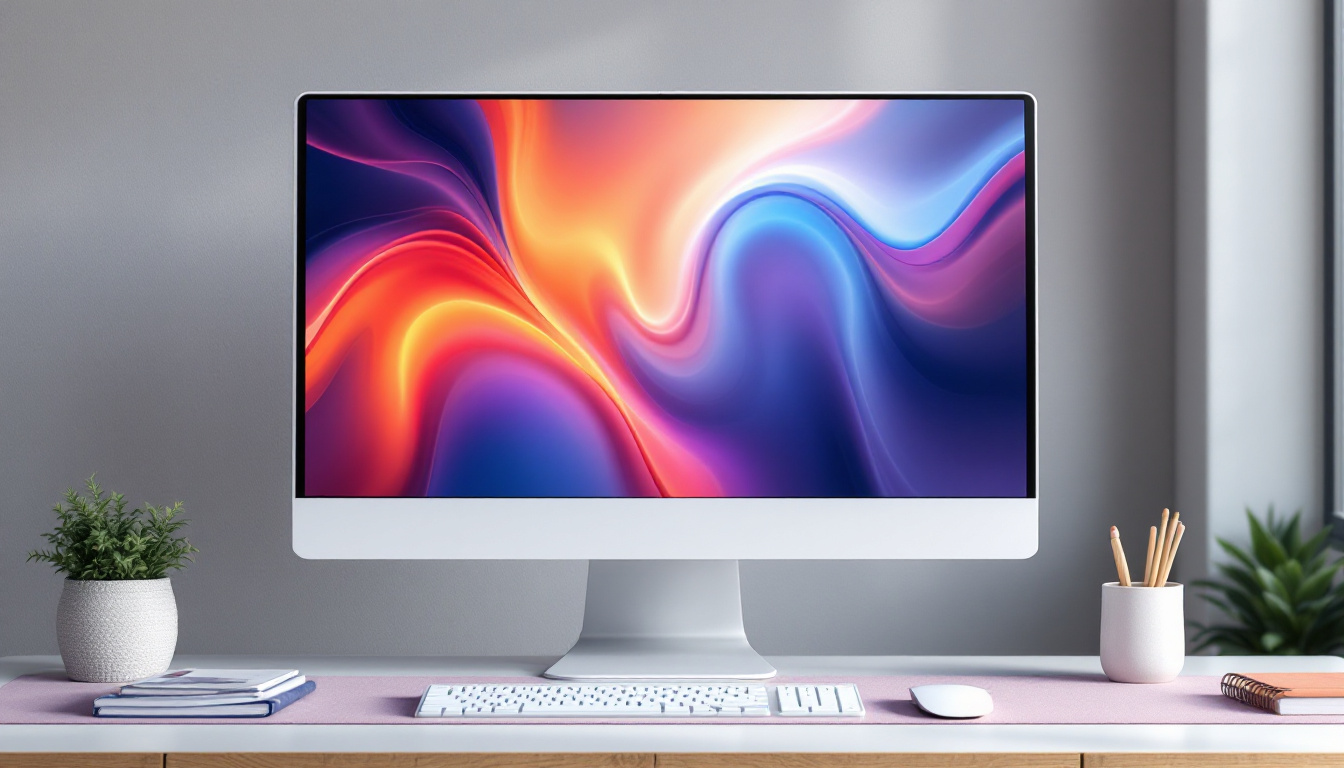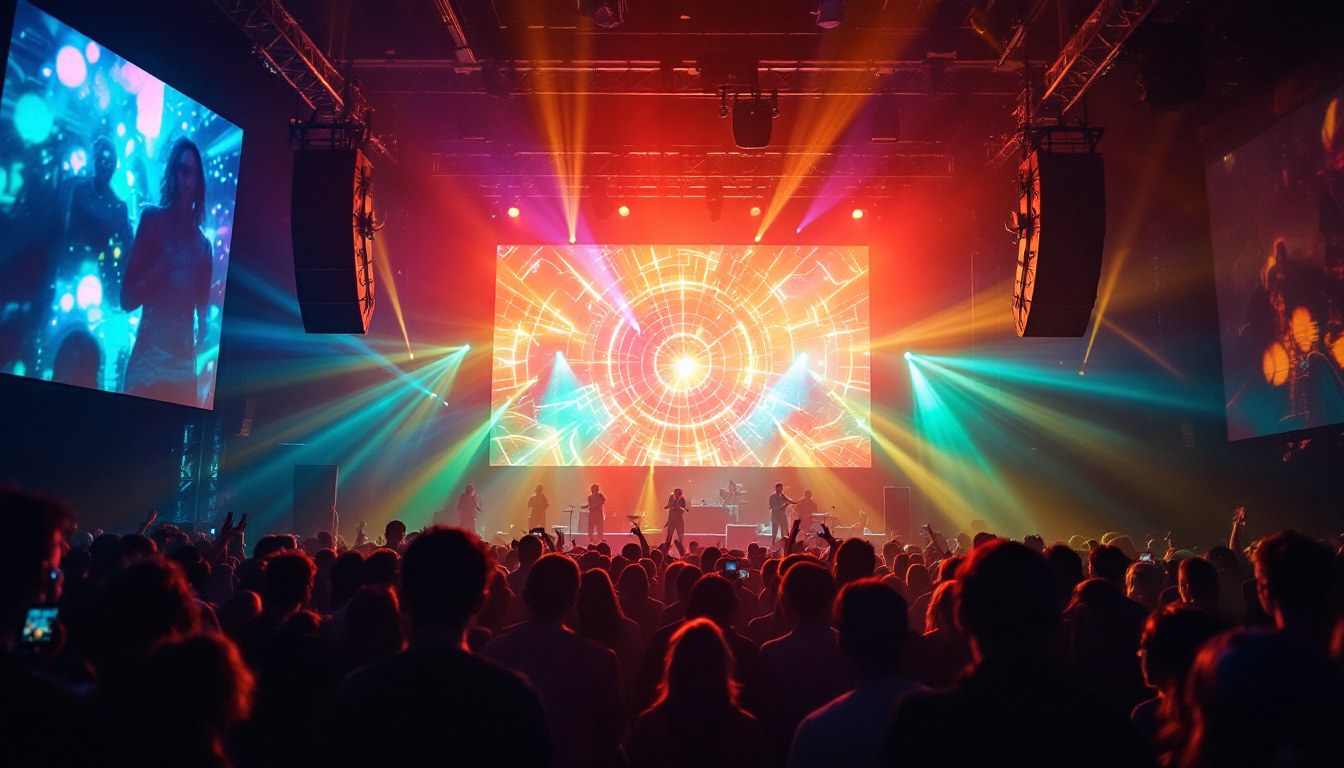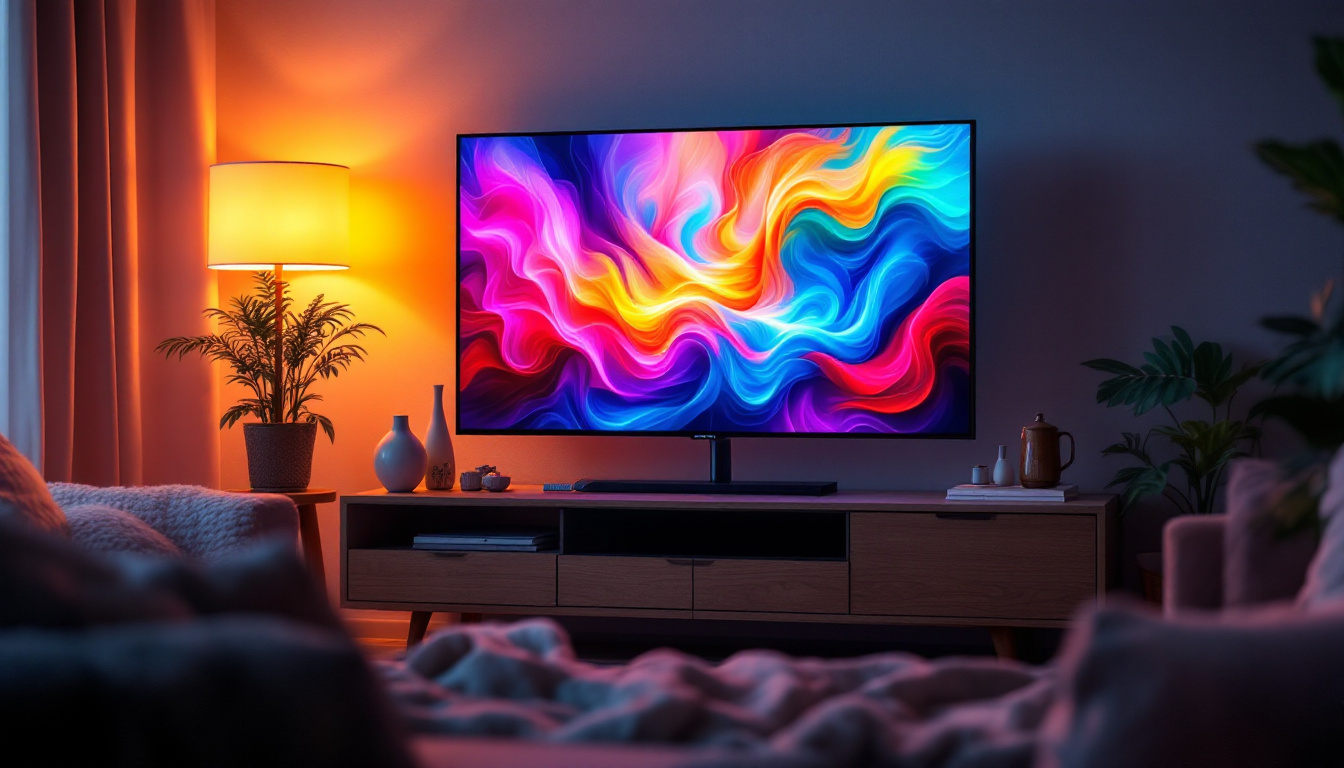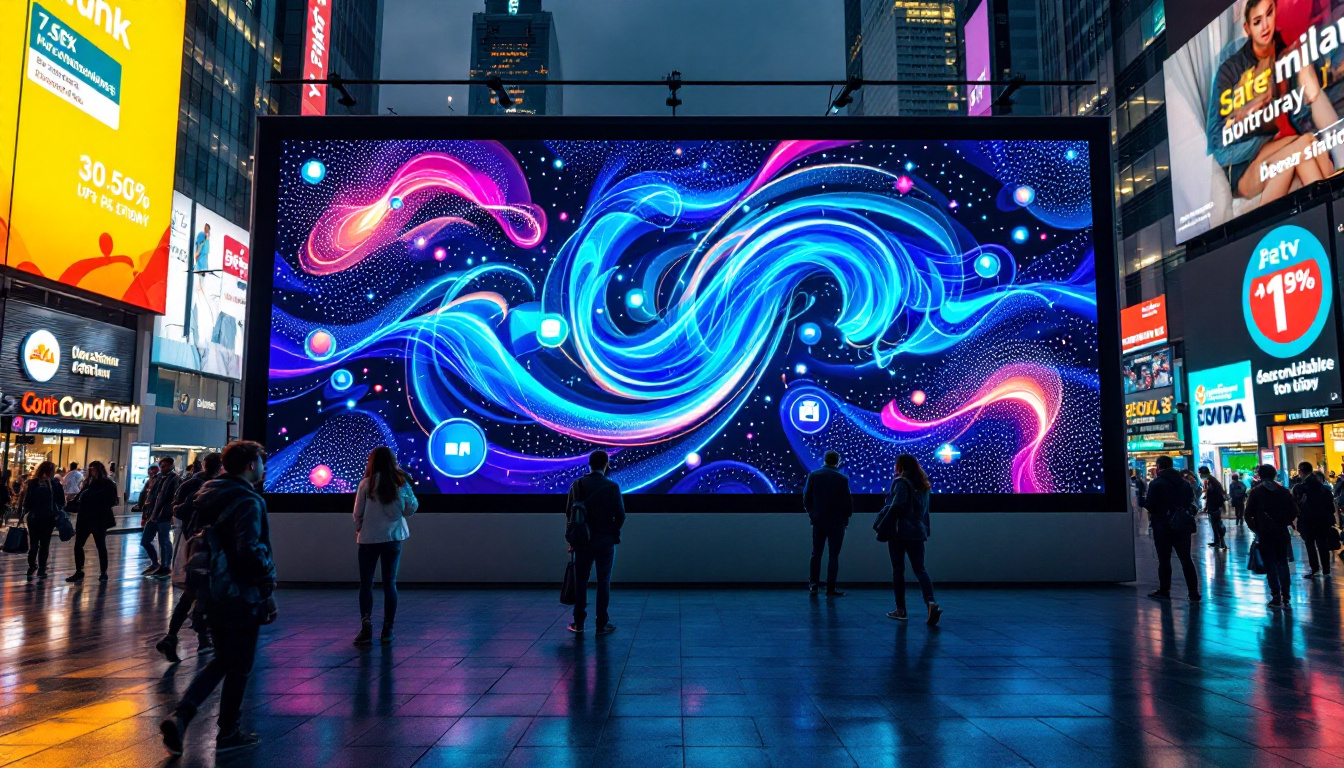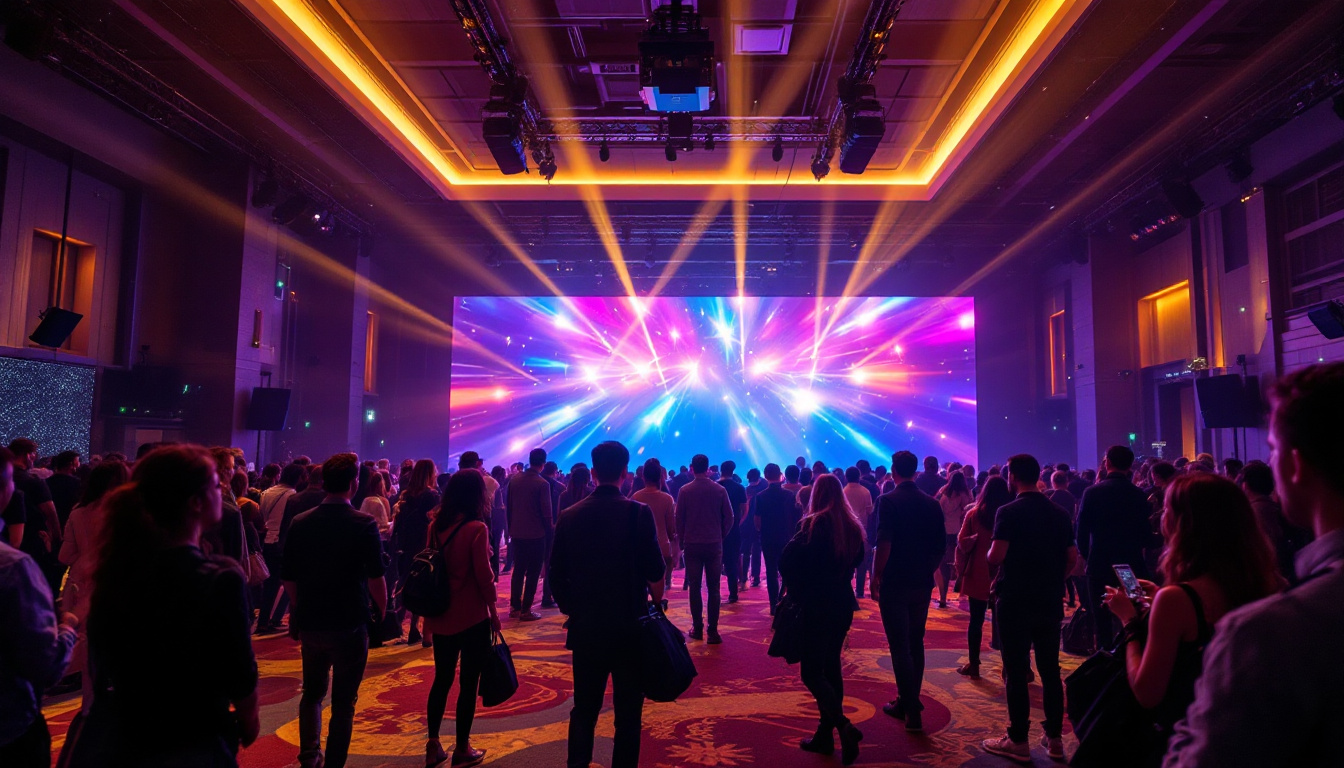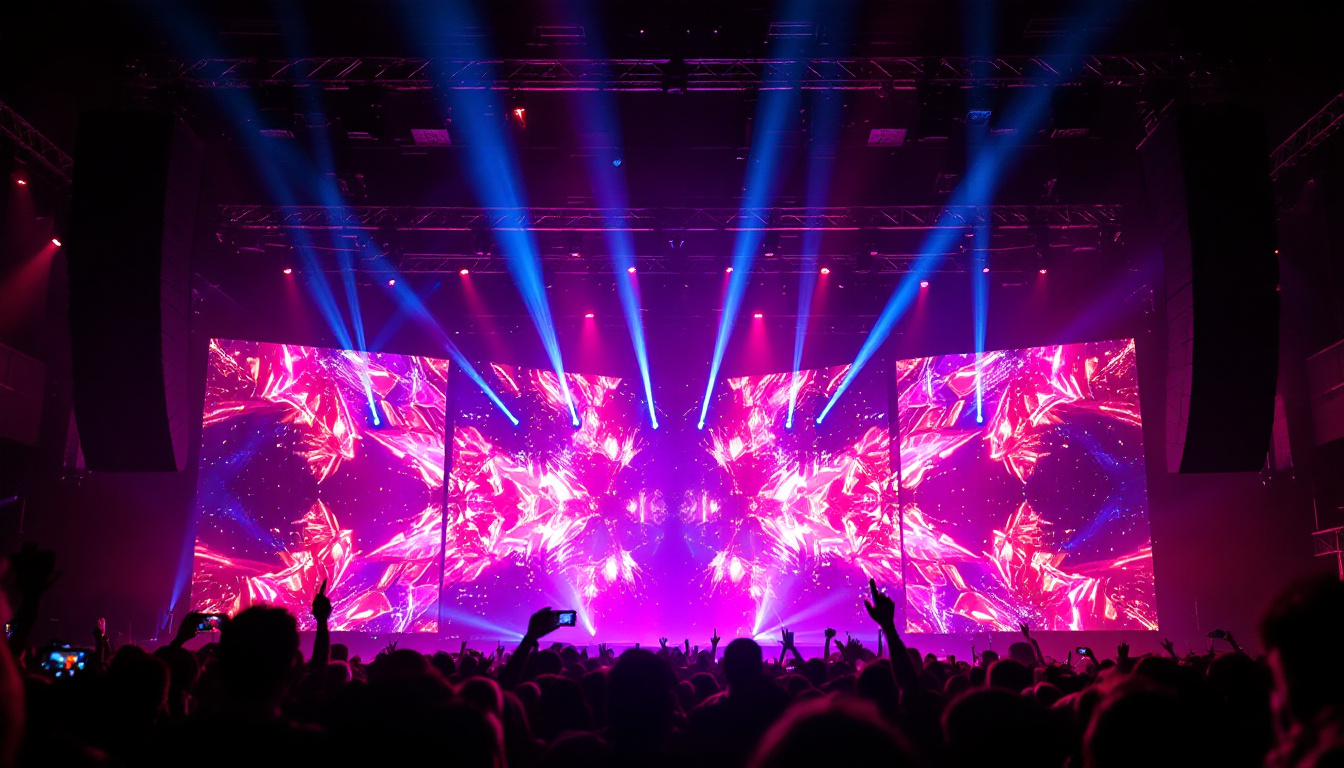In recent years, LED displays have revolutionized the way businesses and organizations communicate with their audiences. Whether it’s for advertising, information dissemination, or entertainment, these displays offer vibrant visuals and dynamic content. However, replacing a wall with an LED display is a significant investment, and understanding the costs involved is crucial for making informed decisions.
Understanding LED Display Technology
LED (Light Emitting Diode) technology has become the preferred choice for digital displays due to its energy efficiency, longevity, and superior image quality. Unlike traditional display technologies, LED displays can be scaled to fit various sizes and formats, making them versatile for different applications. The rapid advancement in LED technology has also led to the development of more sophisticated displays, which can now support a wide range of colors and dynamic content, enhancing the overall viewing experience.
In addition to their adaptability, LED displays are increasingly being integrated with smart technology, allowing for remote management and real-time content updates. This capability is particularly beneficial for businesses that need to change their messaging frequently, such as in advertising or event promotion. The integration of sensors and IoT technology further enhances the functionality of LED displays, enabling features like audience measurement and interactive content.
Types of LED Displays
There are several types of LED displays available, each designed for specific uses. The most common types include:
- Indoor LED Displays: These are typically used in venues such as shopping malls, airports, and conference centers. They offer high-resolution images and are designed for close viewing, making them perfect for engaging audiences in environments where detail matters. The flexibility of indoor displays allows for creative installations, including curved or custom-shaped screens that can fit unique architectural designs.
- Outdoor LED Displays: Built to withstand the elements, outdoor displays are larger and brighter to ensure visibility in sunlight. They are commonly used for billboards and large-scale advertising, often featuring advanced technology that adjusts brightness based on ambient light conditions. This ensures that the content remains vibrant and clear, regardless of the time of day or weather conditions.
- Transparent LED Displays: These innovative displays allow light to pass through, making them ideal for storefronts and exhibitions where visibility is essential. Their unique design not only showcases products behind the screen but also creates an eye-catching visual effect that draws in customers. As a result, transparent displays are gaining popularity in retail environments, enhancing the shopping experience while maintaining an open and inviting atmosphere.
Benefits of LED Displays
Investing in LED displays comes with numerous benefits:
- Energy Efficiency: LED technology consumes less power compared to traditional displays, leading to lower electricity bills. This efficiency not only benefits businesses financially but also contributes to a reduced carbon footprint, aligning with the growing emphasis on sustainability in various industries.
- Longevity: With a lifespan of up to 100,000 hours, LED displays require less frequent replacements. This durability translates into lower maintenance costs and less waste, making them an environmentally friendly choice for long-term use.
- High Quality: They provide superior brightness and contrast, ensuring that content is eye-catching and engaging. The ability to display high-definition video and vibrant colors enhances the effectiveness of marketing campaigns and presentations, making LED displays a powerful tool for communication.
Moreover, the modular design of many LED displays allows for easy repairs and upgrades, further extending their lifespan and adaptability. This means that businesses can keep their displays up-to-date with the latest technology without the need for a complete replacement, making LED displays a smart investment for the future.
Factors Influencing the Cost of Replacing a Wall with an LED Display
When considering the replacement of a wall with an LED display, several factors can influence the overall cost. Understanding these factors can help in budgeting and planning effectively.
Size and Resolution
The size of the LED display plays a significant role in determining the cost. Larger displays require more materials and technology, which can increase expenses. Additionally, the resolution of the display affects the price; higher resolution displays provide better image quality but come at a premium. For instance, a display with a pixel pitch of 2.5mm will generally be more expensive than one with a pixel pitch of 10mm, as the former offers sharper images and is ideal for close viewing distances. This consideration is particularly important in environments such as retail spaces or control rooms, where clarity is paramount.
Installation Costs
Installation is another critical aspect of the overall cost. The complexity of the installation process can vary based on the location, structural requirements, and whether the display is mounted indoors or outdoors. Professional installation is often recommended to ensure safety and optimal performance, which can add to the total expenditure. Additionally, factors such as the need for specialized mounting hardware, electrical work, and potential structural reinforcements can further influence installation costs. For outdoor displays, weatherproofing and additional protective measures may also be necessary, adding another layer to the budget.
Content Management Systems
To effectively utilize an LED display, a content management system (CMS) is often necessary. This software allows users to create, schedule, and manage content displayed on the screen. The cost of a CMS can vary widely, depending on its features and capabilities. Some systems offer advanced functionalities such as real-time data integration, interactive capabilities, and remote management, which can enhance the user experience but also increase the initial investment. Furthermore, ongoing maintenance and updates for the CMS should be factored into the long-term budget, as these can contribute to the overall cost of ownership.
Maintenance and Lifespan
Another important consideration is the maintenance and lifespan of the LED display. While LED technology is known for its durability and long lifespan, regular maintenance is essential to ensure optimal performance. This includes cleaning the display, checking for pixel failures, and updating software as needed. The cost of maintenance can vary based on the service provider and the frequency of required upkeep. Additionally, understanding the warranty options available can help mitigate future costs, as some manufacturers offer extended warranties that cover repairs and replacements for a certain period, providing peace of mind for the investment.
Environmental Considerations
Lastly, environmental factors can also play a significant role in the cost of replacing a wall with an LED display. For instance, displays intended for outdoor use must be designed to withstand various weather conditions, which can increase their initial cost. Furthermore, energy efficiency is a growing concern, and opting for energy-efficient models may result in higher upfront costs but can lead to significant savings on electricity bills over time. Additionally, local regulations regarding signage and display brightness may impose restrictions that could affect the type of display chosen, potentially influencing both the design and the cost of installation.
Cost Breakdown of Replacing a Wall with an LED Display
To provide a clearer picture of the financial implications, a breakdown of the costs associated with replacing a wall with an LED display is essential. Below is an overview of typical expenses involved in such a project.
Hardware Costs
The hardware costs include the price of the LED panels, mounting structures, and any additional components required for the display to function. On average, the cost of LED panels can range from $1,000 to $10,000 per square meter, depending on the type and quality.
Installation Costs
Installation costs can vary significantly based on the complexity of the project. On average, installation can range from $500 to $2,500, depending on factors such as labor rates and the need for additional structural support.
Maintenance and Operational Costs
After installation, ongoing maintenance and operational costs should also be considered. This includes electricity costs, potential repairs, and updates to the content management system. Annual maintenance can range from $200 to $1,000, depending on the display’s usage and environmental conditions.
Budgeting for Your LED Display Project
Creating a budget for replacing a wall with an LED display involves careful consideration of all associated costs. Here are some steps to help streamline the budgeting process:
Define Your Goals
Understanding the purpose of the LED display is crucial. Whether it’s for advertising, information sharing, or entertainment, defining clear goals will help in selecting the right type of display and content management system.
Research and Compare Options
Take the time to research various LED display options and suppliers. Comparing different products and services can help identify the best fit for your needs and budget. Look for reviews and case studies to gauge the performance of different displays.
Consider Long-Term Value
While the initial investment may seem high, consider the long-term value of an LED display. With lower energy costs, minimal maintenance, and the potential for increased revenue through advertising, the return on investment can be substantial over time.
Financing Options for LED Display Projects
For many businesses, the upfront costs of replacing a wall with an LED display can be daunting. Fortunately, various financing options can help alleviate financial pressure.
Leasing vs. Buying
Leasing an LED display can be an attractive option for businesses looking to spread out costs. Leasing arrangements often include maintenance and support, making it a hassle-free solution. On the other hand, purchasing outright may offer more long-term savings.
Government Grants and Incentives
Some governments and organizations offer grants and incentives for businesses investing in energy-efficient technologies, including LED displays. Researching available programs can provide additional financial support.
Financing Through Suppliers
Many LED display suppliers offer financing options, allowing businesses to pay for their displays over time. This can make the investment more manageable and help businesses maintain cash flow.
Conclusion
Replacing a wall with an LED display is a significant investment that can enhance visibility and engagement for businesses. Understanding the costs involved, from hardware to installation and maintenance, is essential for effective budgeting. By considering financing options and the long-term value of LED displays, businesses can make informed decisions that align with their goals.
As technology continues to evolve, LED displays will likely become even more integral to communication strategies. Investing in this technology today can position businesses for success in the future.
Explore Cutting-Edge LED Display Solutions with LumenMatrix
Ready to transform your space with a vibrant and energy-efficient LED display? LumenMatrix offers a wide array of innovative LED display solutions tailored to your unique needs. From Indoor and Outdoor LED Wall Displays to specialized options like Vehicle, Sports, and Floor LED Displays, our products are designed to captivate your audience and amplify your message. Embrace the future of visual communication with our Custom, All-in-One, and Transparent LED Displays. Check out LumenMatrix LED Display Solutions today and take the first step towards an unforgettable visual experience.

